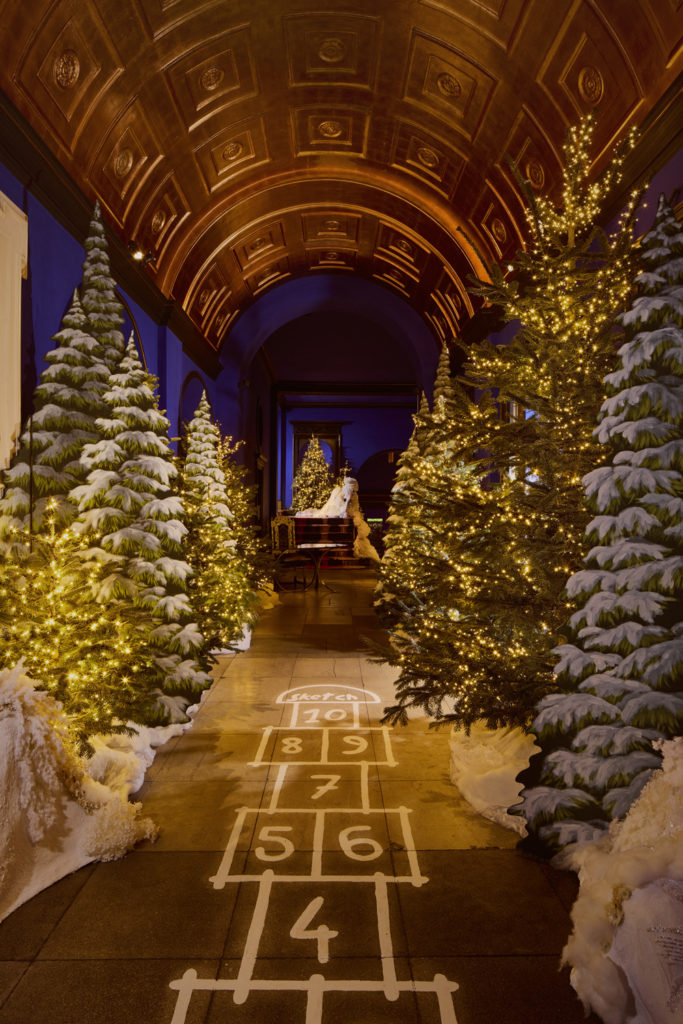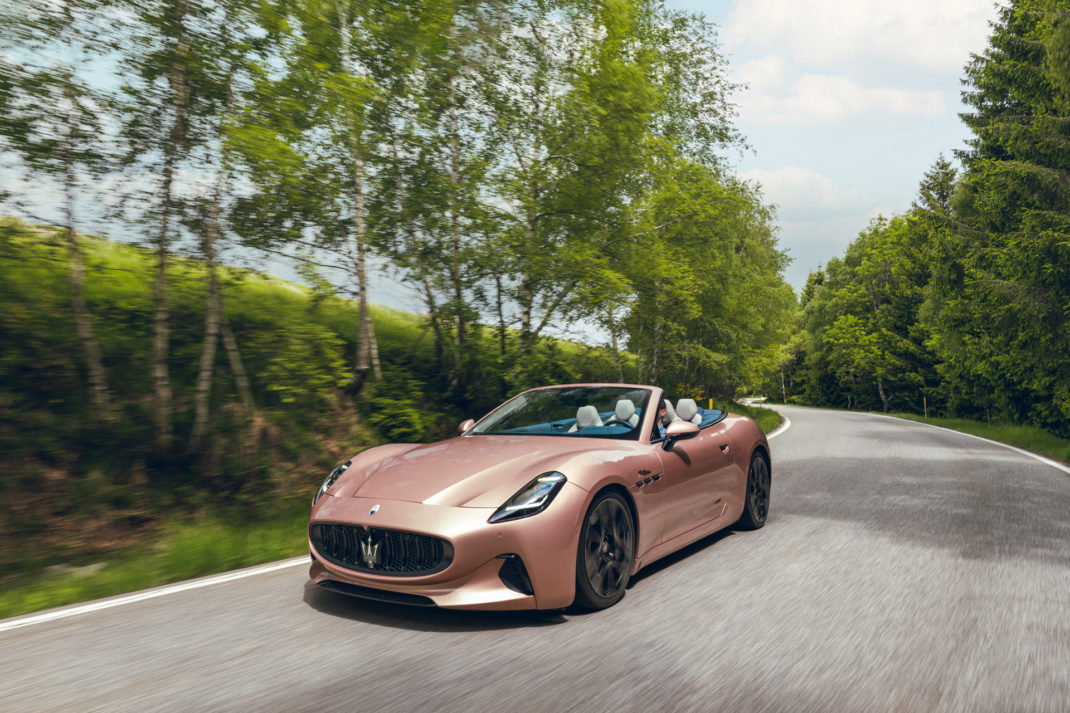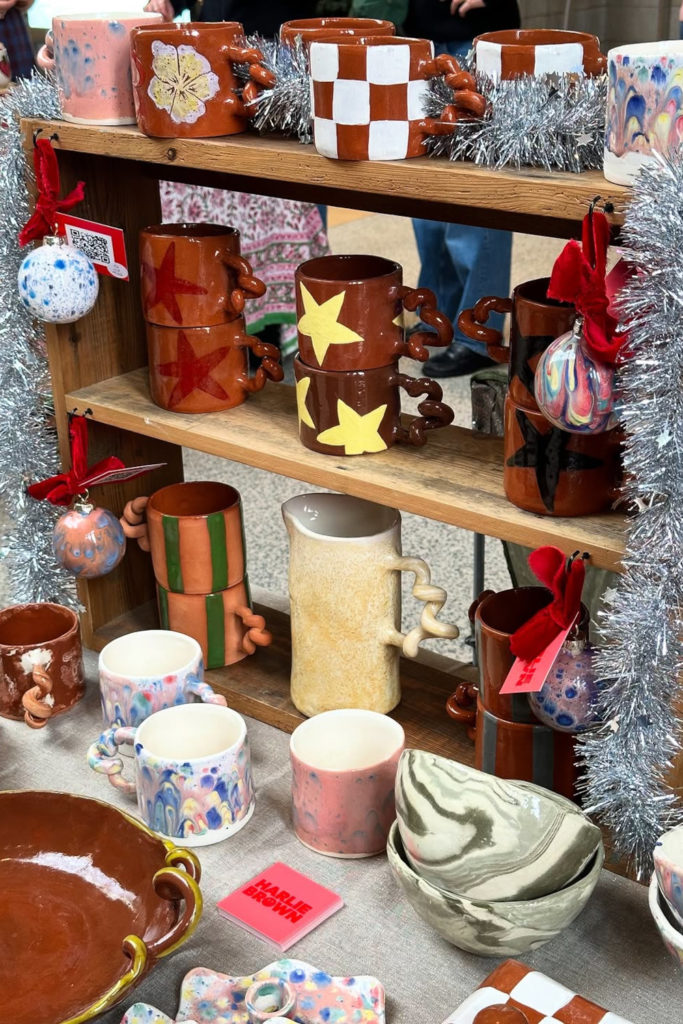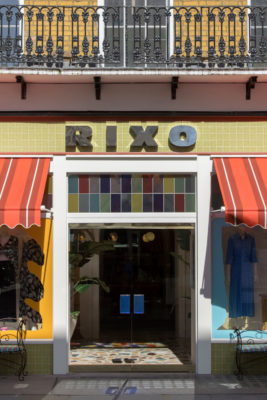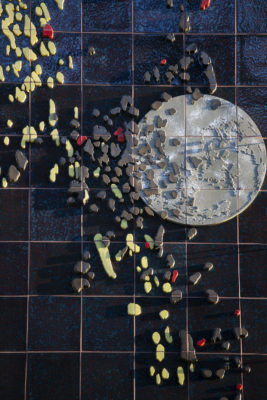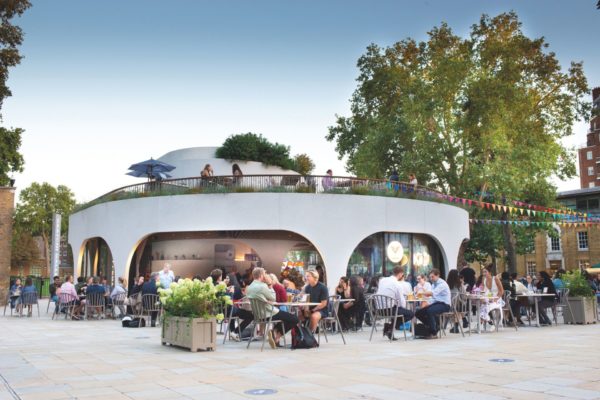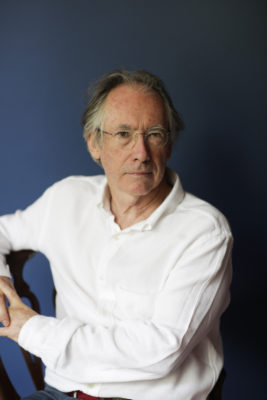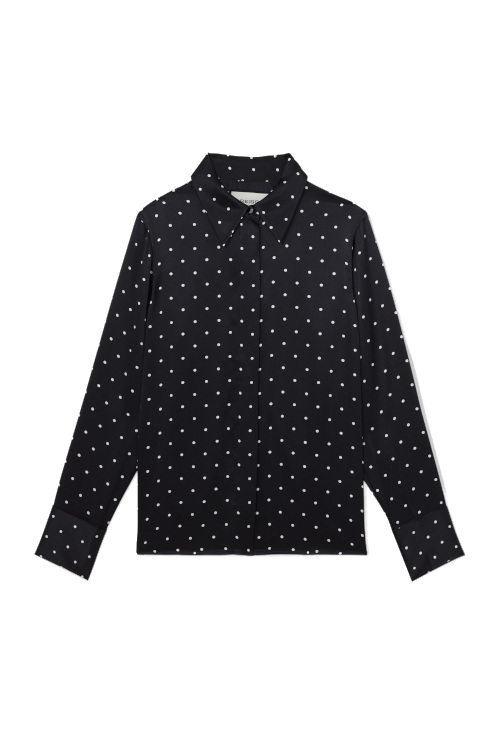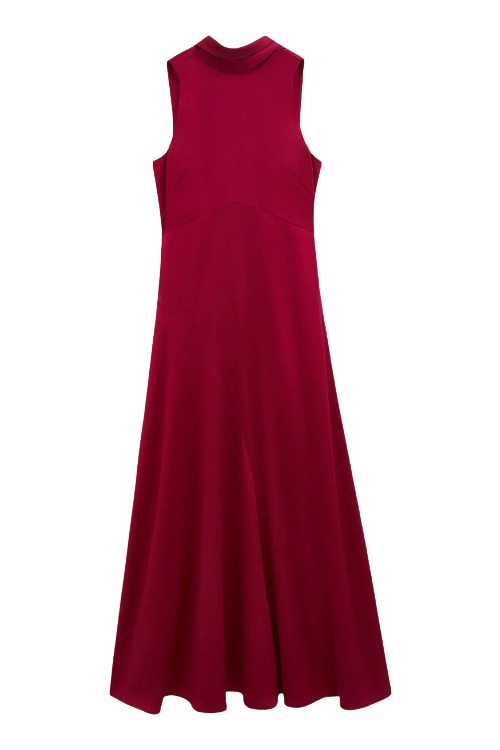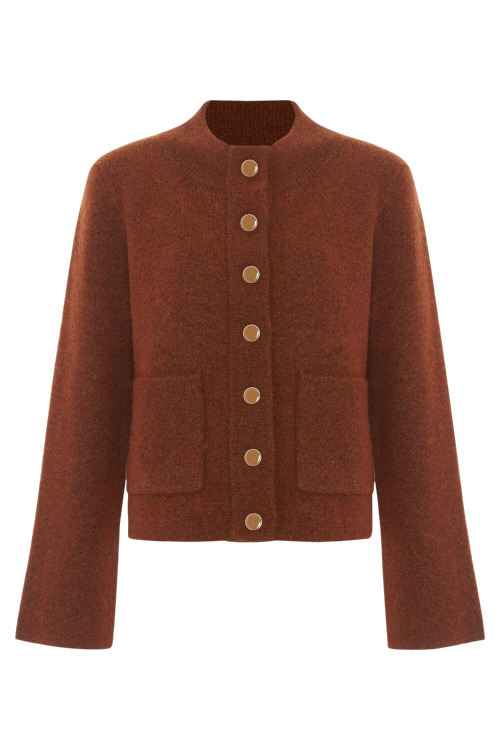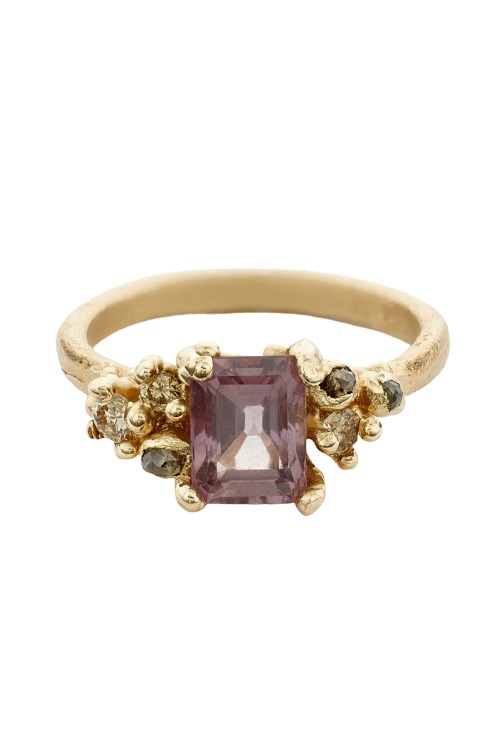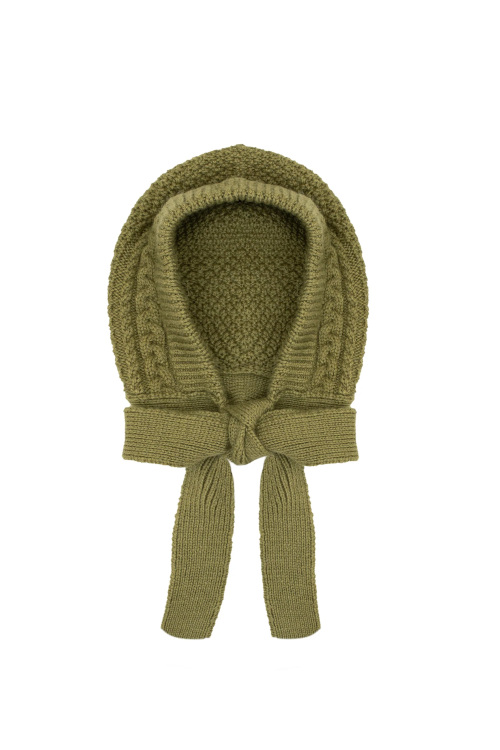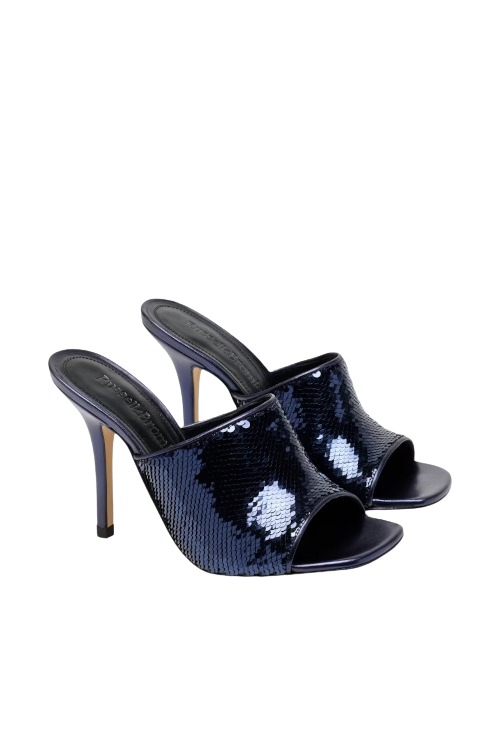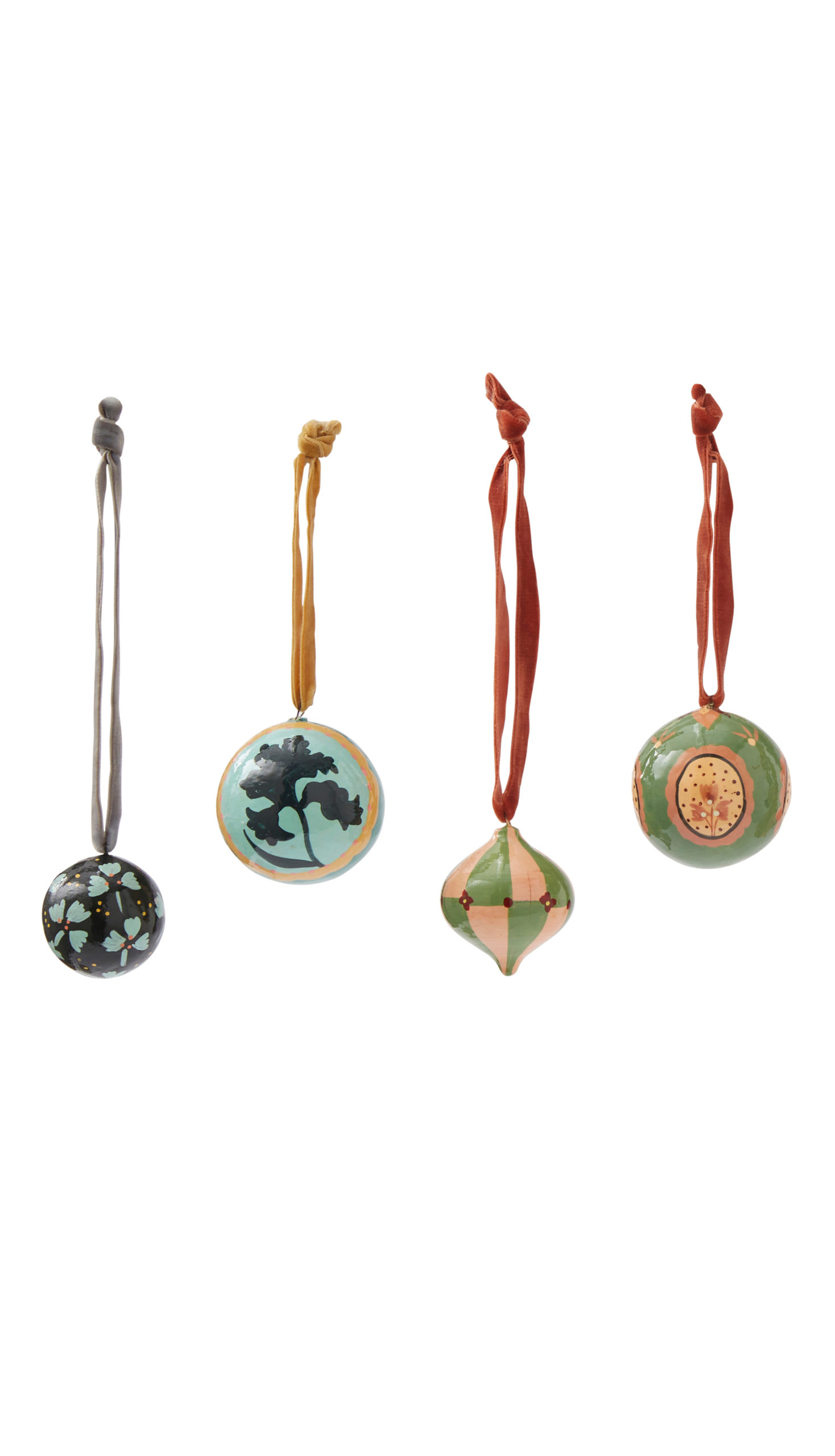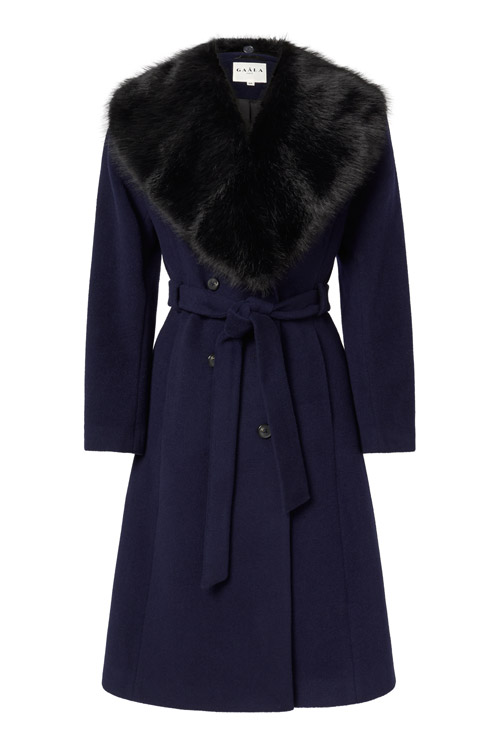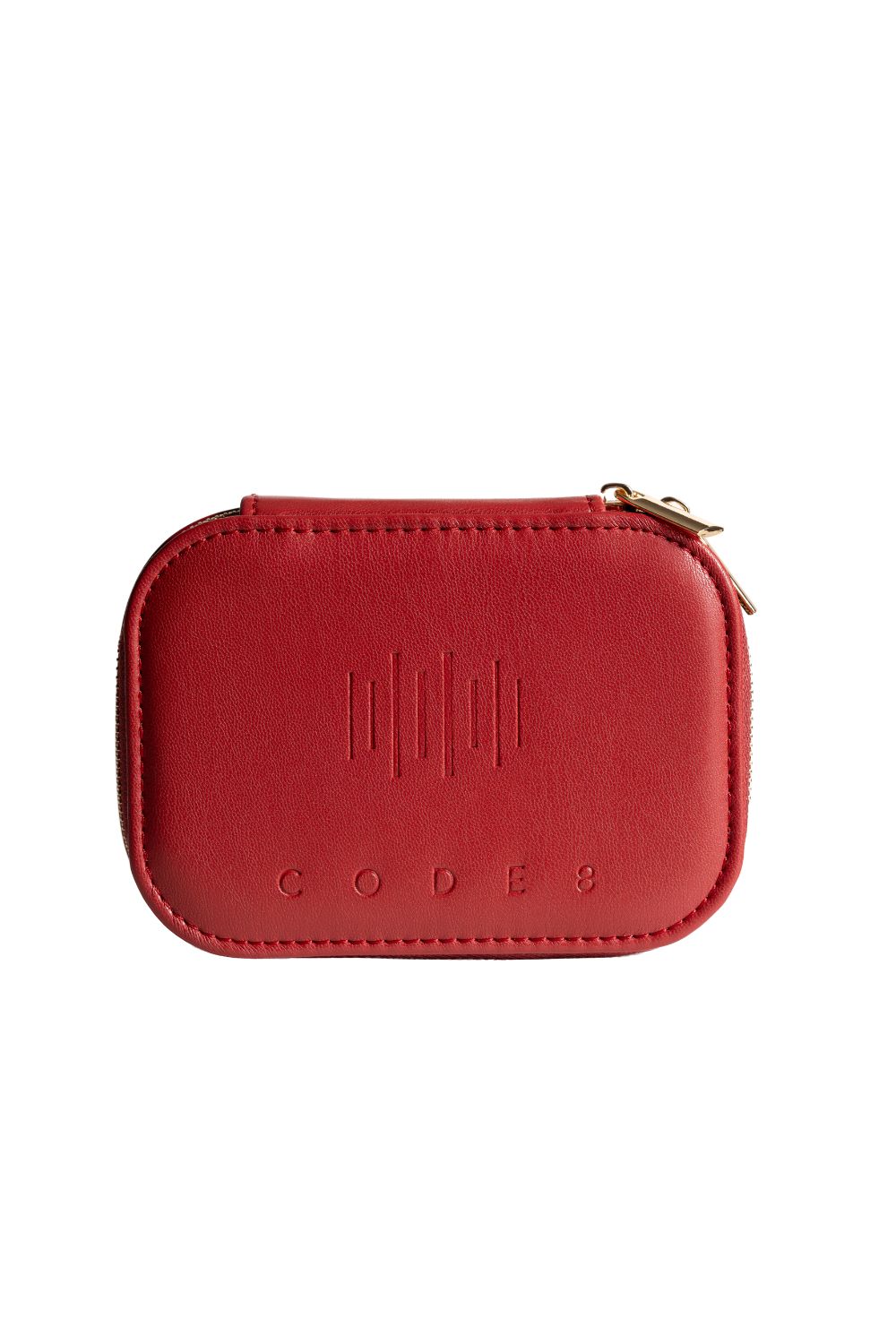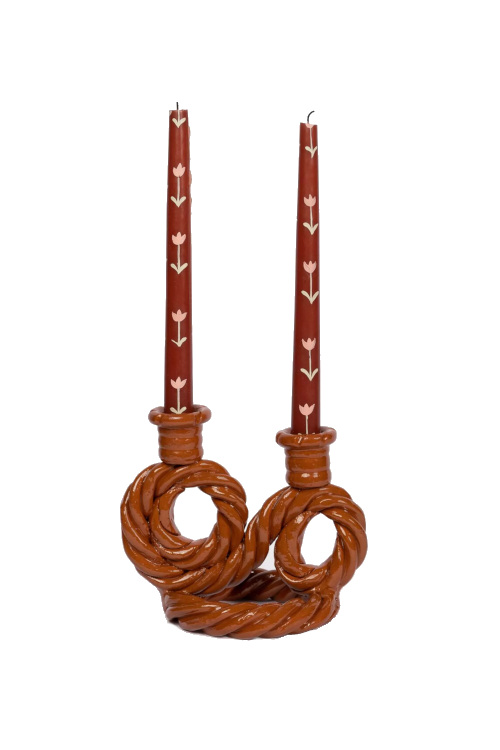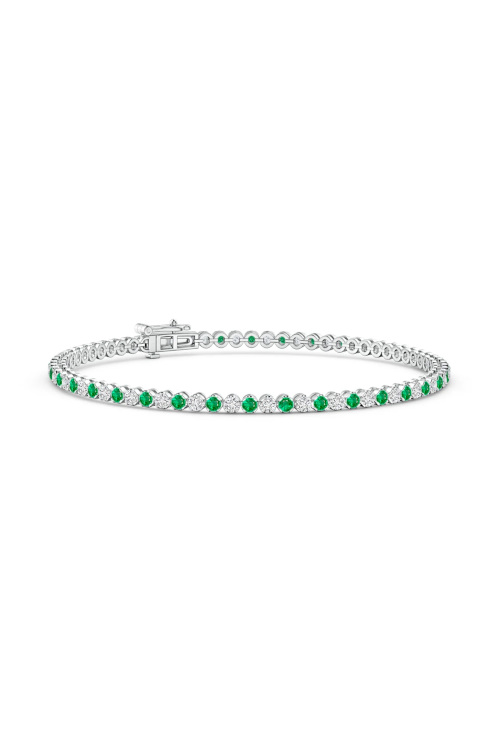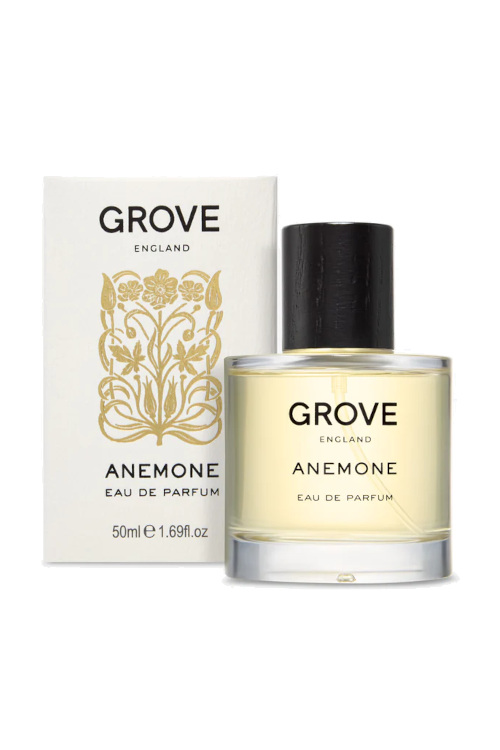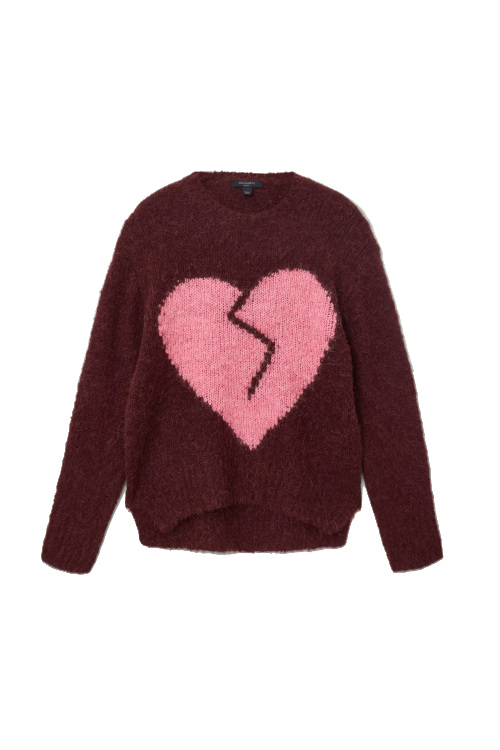‘A Ribbon Of Creativity’: A Love Letter To Chelsea’s King’s Road
By
3 months ago
'What it had that none of those other places had was a genuine sense of joie de vivre'

The site of our highly anticipated Chelsea Arts Festival this September, King’s Road remains one of the most culturally iconic streets in the world to this day. A long-time lover of the once-punk road, Dylan Jones writes a love letter to the beloved street.
A Deep Dive Into Chelsea’s Iconic King’s Road
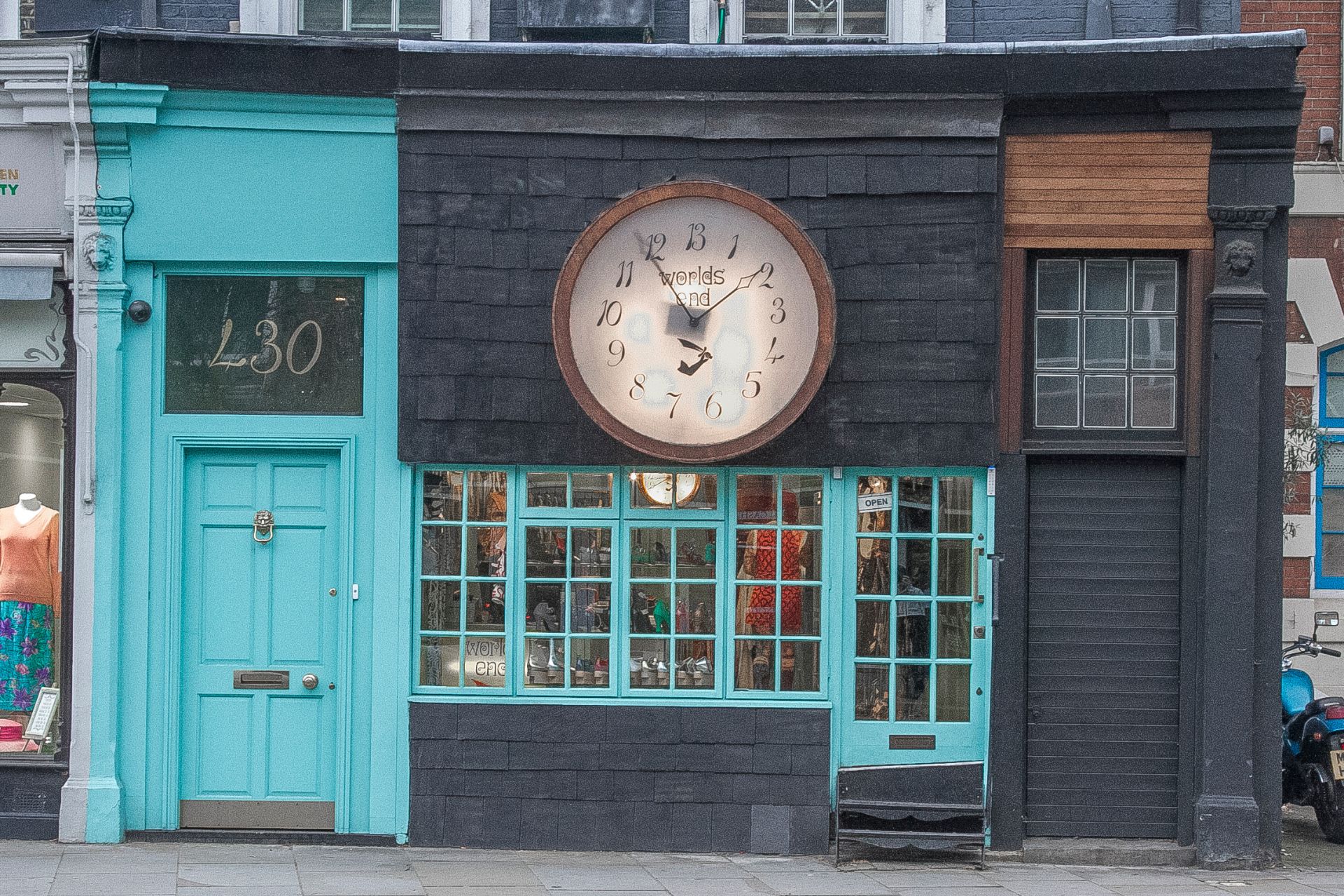
Flickr: David Mapletoft
The King’s Road was everything I expected it to be. I arrived, looking like one of the Ramones, in drainpipe jeans, plimsoles and a plastic leather jacket, in the summer of 1977. It was the summer of punk, the middle of a glorious heatwave, and I was about to embark upon a foundation course at Chelsea School of Art. I was in my element, and I knew it. At the time, the King’s Road was pivoting from a storied alternative theme park to an occasional battleground between punks and Teds. This was Swinging London Mark II, a time when the King’s Road yet again demanded global attention, and when the media was focused on what was still the most fashionable shopping street in London.
You had Vivienne Westwood and Malcolm McLaren’s Seditionaries at one end, and Boy at the other, with a host of trendy boutiques, pubs and restaurants littered between them, a ribbon of creativity that buttressed the real stars of the street – the people. The King’s Road wasn’t just where the young, the fashionable and the freshly minted would parade up and down; it also fostered an environment that appealed to bohemians both old and new. It was a little bit Bond Street, a little bit Carnaby Street and a little bit Camden Market, but what it had that none of those other places had was a genuine sense of joie de vivre. In leopard skin and fluorescent pink.
I’d only been in London for two weeks before I went to see The Rocky Horror Picture Show at the King’s Road Theatre (sadly demolished in 1979), which, at the time, was the default theatrical experience in London. I went to gigs at Chelsea College and Chelsea School of Art, ate Chinese food and pizza at the top of Oakley Street, and gawped at all the clothes I couldn’t yet afford. And I loved every minute of it.
The street always reverberated to music pouring out of open-top sports cars or fashion boutiques. And in the summer of 1977, the most ubiquitous song was Donna Summer’s disco epic, I Feel Love. That ‘summer of hate’ wasn’t just about anti-establishment rebellion over the Silver Jubilee celebrations, or the Sex Pistols’ God Save The Queen (banned from being played by the BBC and many radio stations, and not sold by major retailers); it also produced the most influential dance record of the period, a great beast of a record as transgressive as it was innovative, that invigorated the burgeoning disco scene. When Sergeant Pepper’s Lonely Hearts Club Band had been released ten years earlier, if you had walked the length of the King’s Road, you would have heard it blaring out of every boutique – and if you’d made the same journey in summer 1977, the record you heard was I Feel Love, a song that made you feel alive.
And that, I think, is what has kept the King’s Road in our hearts and minds ever since, a sense of being alive. It makes all of us – Londoners, blow-ins, tourists, visitors – feel as though we are experiencing something you can’t experience anywhere else. Since then, the King’s Road has had many iterations. In the eighties, it became the home of designer fashion, mirroring the way in which pop culture and youth culture were becoming more visual, as every other shop became an emporium of clothes which were featured regularly in i-D, The Face and Blitz. By the decade’s midpoint, style culture had become the binding agent of all that was supposed to be cool. Fashion designers, stylists and catwalk models were no longer thought to be inconsequential iconoclasts; they were media celebrities. And having a store on the King’s Road was a window on the world, as important as an ad campaign.
Today, it continues to hum to the zeitgeist, although gentrification has given the street more sheen, and a sense of style that feels new and international while still feeling homegrown and on point. I can eat at Rabbit, Bluebird or The Cadogan Arms; I can while away the hours in the Saatchi Gallery or visit the best interiors shop in London, Soho Home. I can cruise around Duke of York’s Square, walk up and down Pavilion Road, or, after dark, slip into The Rex Rooms. Currently the hottest club in the King’s Road, it’s a subterranean surrealist dreamworld conjured up by hedge fund guru Mark Cecil (popularly known as Mick Jagger’s best friend), nightclub wizard Piers Adam, and Marc Jacques Burton, the designer and nightlife innovator. The opening night reminded me of being back in that classic Kings Road haunt, Crazy Larry’s.
The King’s Road also has two of the best independent bookshops in London. The first, John Sandoe Books, encased in beautiful 18th-century premises, was founded in 1957 and is home to over 30,000 titles. The second, the World’s End Bookshop, has been around since 1986, and has some of the most esoteric titles in town.
When I first arrived in London, I would go everywhere by bus, principally because I wanted to find my way about and join the dots of this magnificent but occasionally unwieldy city. I would jump on the 11, the 22 or the 19, and take them as far as they went, sitting on the upper deck, experiencing the city as an urban novelty. As I developed a sense of urgency, I started taking the underground, and then for the next 30 years I went everywhere mostly by car, either driving or being ferried from meeting to meeting, my head down in piles of paper. And now, with slightly more freedom and a renewed sense of curiosity that every adopted Londoner must never lose, I find myself back on the upper deck of those buses, cruising the Kings Road and feeling like I did back when I was 17. In love with London, and alive again on the greatest street in town.
Dylan Jones is the editor-at-large of the London Standard and C&TH’s Great British Brands.
Explore King’s Road for yourself at the Chelsea Arts Festival on 18-21 September. Find out more at chelseaartsfestival.com

